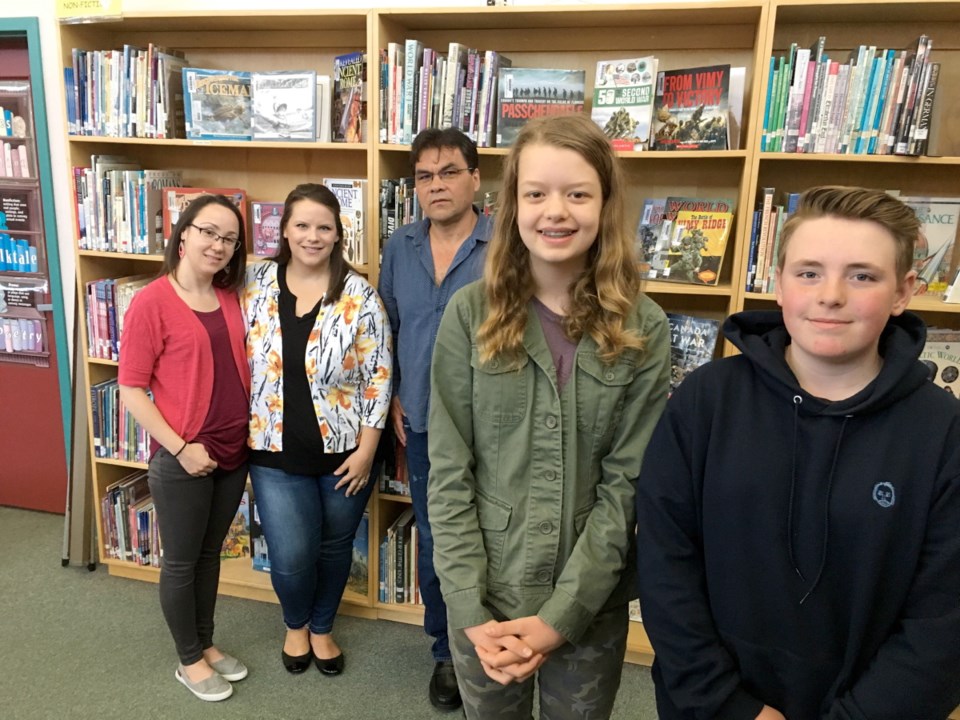A few weeks ago, I was at the Victoria Conference Centre presenting at the Planning Institute of B.C.’s annual conference. The presentation was called Indigenous Relations: How NOT to Tick a Box.
On the panel were Chief Russ Chipps of Beecher Bay Nation, Lisa Urlacher, CAO for the District of Metchosin, M’akola CEO Kevin Albers and me. We presented through a discussion-style format on the importance of taking a relationship-based approach to Indigenous relations and working with First Nations.
Through M’akola, I’ve worked with 112 Indigenous communities, and we share stories of consultations, engagement and partnership with Indigenous communities from each panelist’s point of view. Having a chief on the panel is valuable, so the audience can hear why the approach works from an Indigenous leadership perspective.
My favourite part of the presentation is when Chipps speaks about projects where people are mandated to consult and engage with Indigenous communities as part of a specific project. He looks into the audience and says: “When you check that box, you need to think, would the Nation stand beside you and agree you have properly engaged.”
At the end of our presentation, we had a room full of excited city planners from across our province. As a panel, we briefly chatted afterward and Chipps let us know he was heading to Spencer Middle School to hear some students read poems.
The next morning, I received a call from Chipps with a glowing review of the Spencer performance, which turned out to be a poetry slam where the middle school students were answering the 94 calls to action from the Truth and Reconciliation Commission.
He was moved by the students’ enthusiasm and their ability to deliver the messages. He was honoured to see youth in the community demonstrating such knowledge and passion on the topic. He also mentioned the majority of the presenters were non-Indigenous.
I often say it shouldn’t be just Indigenous people speaking up for Indigenous rights. The poetry-slam night demonstrated just that.
During the phone call, Chipps said: “It was so powerful, and people should know about it. You need to go talk to them.”
I set up an interview with some students and teachers and then asked Chipps to come, too. This was a prime example of: “Would the Nation stand beside you?”
Teachers Kathleen Meiklejohn and Kelly McCarthy sat with students Millicent Pinel, 13, and Griffin Goodyear, 13, as they met Chipps and heard from him how honoured and appreciative he was of their performance.
“I am so impressed with the maturity level of our students,” Meiklejohn said. “The end goal was for our students to have a better understanding of what reconciliation means.”
The performance was the final piece of a year-long project. The students performed their poems alongside art and videos they created.
Goodyear, a Grade 8 student, wrote his poem on justice.
“A lot of kids and adults are oblivious to what is happening and they are trying to justify it. Indigenous people are over-represented in our prisons. We should all be treated as equals.”
Meiklejohn and McCarthy taught the students about the history of Indigenous people in Canada. They learned about culture, colonization and the impacts it has had on Indigenous communities.
“The first step is acknowledging what happened,” said Pinel. She spoke of the importance of apologizing, but also knowing that no one has to accept the apology.
Over the course of the year, the teachers found a variety of ways to bring the lessons to the students. Indigenous role models were brought into the classroom to help teach history through stories, songs and experiences. The school also included members of the community, university professors and elders.
“One of the key things we talked about was how to make it authentic,” said McCarthy. “We wanted to do anything we could to make it seem more real, and so the students could put a face to the teachings that they received.”
Chipps told the students that in his youth, he, too, attended Spencer Middle School, and said when he was a student, a project like this one would never have happened.
“The whole school district is doing a great job educating students on Indigenous communities, history and issues,” Chipps said. “I really hope Spencer Middle School does this again next year.”
Charla Huber works in communications and Indigenous relations for M’akola Group of Societies.



